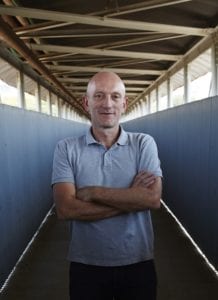
Sean O’Toole is a writer and editor based in Cape Town, South Africa. He has published two books, Irma Stern: African in Europe - European in Africa (2021) and The Marquis of Mooikloof and Other Stories (2006), and edited three volumes of essays, most recently The Journey: New Positions on African Photography (2020). He has contributed to recent monographs by Onejoon Che, Margaret Courtney-Clarke, David Goldblatt, Jo Ractliffe, Lindokuhle Sobekwa and Mikhail Subotzky. He is a contributing editor to Frieze magazine.